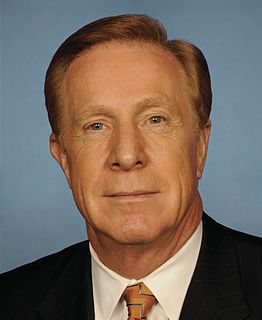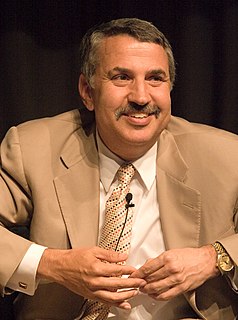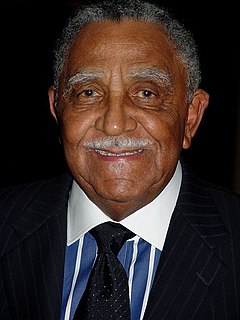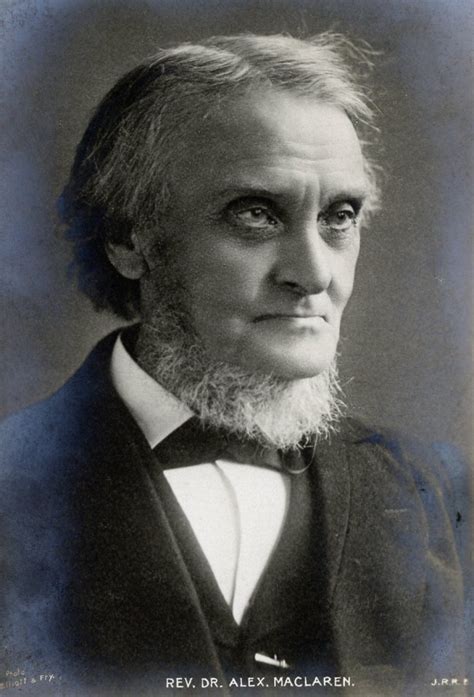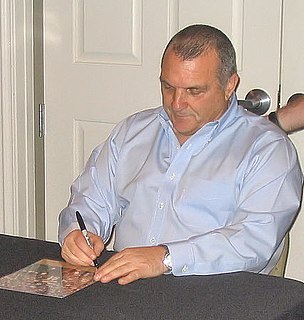A Quote by Christopher Flavin
Renewable biofuels are meanwhile making inroads in the transportation fuels market and are beginning to have a measurable impact on demand for petroleum fuels, contributing to a decline in oil consumption in the United States in particular starting in 2006... The 93 billion liters of biofuels produced worldwide in 2009 displaced the equivalent of an estimated 68 billion liters of gasoline, equal to about 5 percent of world gasoline production.
Quote Topics
About
Beginning
Billion
Biofuels
Consumption
Contributing
Decline
Demand
Displaced
Equal
Equivalent
Fuels
Gasoline
Impact
Making
Market
Meanwhile
Measurable
Oil
Oil Consumption
Particular
Percent
Petroleum
Produced
Production
Renewable
Starting
States
Transportation
United
United States
World
Worldwide
Related Quotes
I would say that, from an agricultural perspective, I have a little bit of concern, because some of the folks I don't know are particularly supportive of the renewable fuel industry and the renewable fuel standard, which is a big part of certainly Midwestern agriculture. I'm hopeful that, when we see his ultimate selection for ag secretary, that we will see someone who is a strong advocate for renewable fuels, and what that means to Midwestern producers. And, for that matter, now, all over the country, we're seeing more and more of the biofuels being produced from a variety of sources.
I do believe that oil production globally has peaked at 85 million barrels. And I've been very vocal about it. And what happens? The demand continues to rise. The only way you can possibly kill demand is with price. So the price of oil, gasoline, has to go up to kill the demand. Otherwise, keep the price down, the demand rises.
A 2011 report produced by Forrester Research estimated that the revenue generated through the sales of smartphone and tablet applications will reach $38 billion annually by 2015. Think about that: An industry that did not exist in 2006 will be generating $38 billion in revenues within a decade. . . .
Now it will take a long time to scale biofuels, but I'm the only one in the world forecasting oil dropping in price to $35 a barrel by 2030. I'll put it on the record: Oil will not be able to compete with cellulosic biofuels. If you do it from food, the food will get so expensive you can't make fuel out of it.

